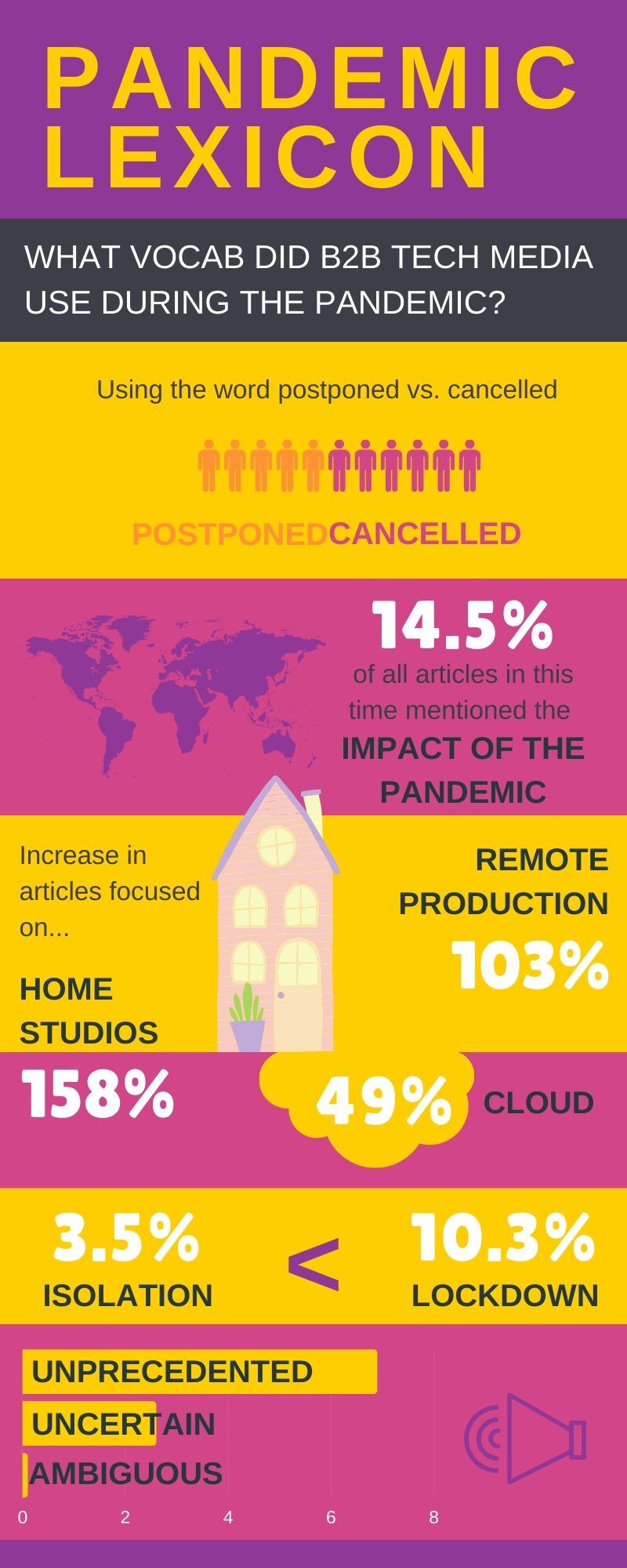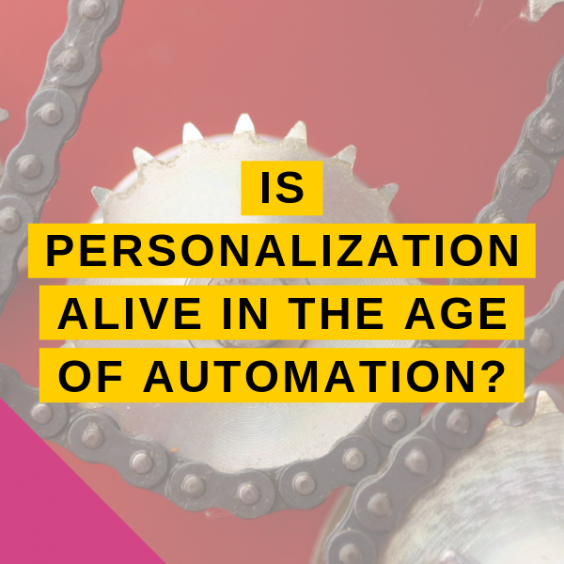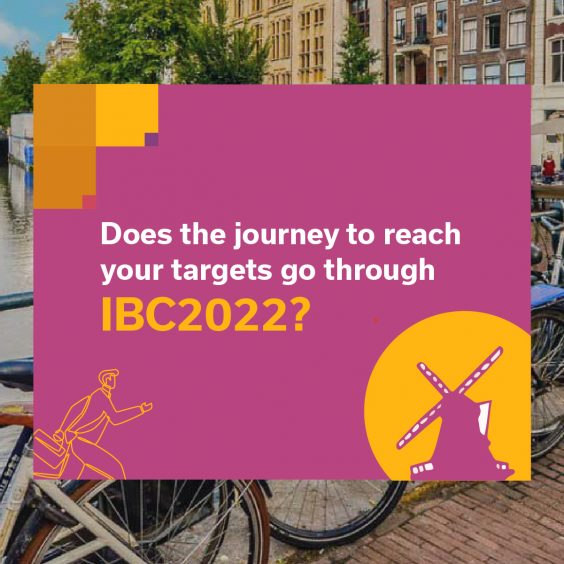An interesting paradox of a pandemic is that as the world slows down, language can blossom. Just think of all the words and phrases that have become commonplace almost overnight. While in self-isolation, following social distancing, and monitoring vaccine development, we’re all about flattening the curve and staying away from clusters – a handful of phrases that we wouldn’t have used in daily communication before the outbreak.
About a month or two into the pandemic, I saw a LinkedIn post by a journalist appealing to the media to get more linguistically-creative. At that point, he had clearly had enough of ‘the new normal’. And he wasn’t the only one, with some Twitter accounts asking people to share the most overused phrases during the pandemic. Next to the invisible enemy, unprecedented times, and toilet paper shortage, I also spotted Zoom – our digital superhero of 2020. I’m sure you can think of plenty of other examples.
The viral influence on linguistics
Interestingly, as I was doing some research, I noticed how associations with the word viral have changed over the years. This term has been swinging from one side to the other on the sentiment spectrum, originating from virus in 1944 with obviously negative connotations. Then, exactly 55 years later, viral entered the marketing jargon and carried the meaning of a great desire across content creators. Don’t we all want to go viral?
A similar transition happened to influence, which has been associated with different emotions over the centuries. In Shakespeare’s eyes, it rarely meant any good for his characters, while Oscar Wilde in his “The Picture of Dorian Gray” expressed it as being closely linked to immorality. In light of the definitions created by such great writers, it’s incredible how much today’s marketeers crave to influence their audiences – even using influencers to help make it happen.
This term hasn’t however brought back the same emotions it evoked during the Spanish Influenza, understood as a quick spread of the virus.
Covid-19’s impact on the M&E vocabulary
Amazed at how quickly words can change their connotations in times of crisis, I dived into the evolution of the pandemic narrative across b2b technology brands. Since the announcement of the global pandemic in mid-March, I’ve been observing the fast-changing landscape of industry news very closely and have compared this data with the first quarter of 2020. I couldn’t help but notice how the media focus drastically shifted in order to respond to the growing uncertainty, firstly surrounding trade shows, and then the shape of the M&E world as it started the process of recovering from the virus.
As a result of this effort, we’ve experienced a growing interest in industry comments, with the impact of Covid-19 at the pedestal. Namely, out of 14.5% of articles mentioning impact, 5.9% of them concerned coronavirus and 8.7% COVID-19. The latter name of the virus was more commonly used in the industry press (26%) than the former (18%).
The b2b trade media also started eagerly following the new ways of working, investigating solutions that can make the transition easier. There was a 103% increase in articles featuring remote production from mid-March, in comparison to the first two-and-a-half months of the year. “Cloud” also grew in popularity, with a 49% increase in mentions from the first quarter of the year. But the biggest change was in the conversations around home studios, which increased by 158% and focused on fascinating stories of creative studio solutions during lockdown.

Tuning out the white noise
Undoubtedly, with time some messages can turn into white noise, becoming an integral and yet unnoticeable part of our everyday lives. In commercial advertising, we’ve read, heard, and seen an avalanche of togetherness, without leaving the safety of your home, and we’re here for you, accompanied by slow nostalgic tunes. And although the b2b pandemic dictionary significantly differs from the b2b world, there are still many words and phrases that can seem overused to audiences.
As it turns out, 10.3% of the analysed articles in trade media feature the word lockdown, while only 3.5% mention isolation and 1.9% mention quarantine. This leaves a lot of space for the likes of containment, confinement, shutdown, and curfew.
As the Twitter public also complained about the volume of uncertain and unprecedented times, I decided to check what description was being most commonly used by the trade media. It appeared that unprecedented came up in 6.9% of the articles, uncertain in 2.6%, and ambiguous in just 0.1%.
Following industry concerns surrounding the hazy future of various events, I found that more articles from mid-March mentioned cancellations (3.5%) rather than postponements (2.5%). At some point this year, the word cancelled became an inseparable part of our daily news scans and email correspondence. I remember one client meeting during which my colleague chose the term called off instead and all of us in the room almost fell off our seats – what a breath of fresh air!
This shows how finding suitable synonyms can grab the attention of an audience bored of hearing and reading the same words over and over again. If you’re struggling to get creative, befriend Cambridge Dictionary’s SMART Thesaurus – although always be aware of how relevant certain words actually are to the situation you’re trying to describe.
Expand your b2b dictionary
But the secret of pandemic linguistics isn’t just about finding synonyms for overused words. It’s also about introducing some additions, enriching our language. Are you tired of the same old phrases and idioms being used over and over again? Fear no more. We have some newbies for you, straight from The Telegraph’s pandemic lexicon:
- Blue Skype Thinking – brainstorming with your team over Skype. You may ask, is there a Zoom version? Of course there is, it’s Zoomposium.
- The elephant in the Zoom – we’ve all spot something extraordinary during one of our meetings. It could have been a brave hairstyle/beard experiment, a questionable object in your colleague’s room, or your client’s child screaming. However, following the British etiquette, we pretended we didn’t notice…
- Coronadose – this is a term describing a serious issue of overdosing bad news and nowadays it’s more important than ever to keep positive! Make sure you stay optimistic and always seek some good news too.
- Coronacoaster – describes the rollercoaster of different emotions we experience during the pandemic. And I truly hope, reading this article you’re at the peak of the coronacoaster hill!
The lesson for b2b brands – whether communicating during a pandemic or not – is that you’re unlikely to stand out from the crowd if you say the same thing as everybody else. Today’s marketplace is more crowded than ever before, and the language you use can be a great way to differentiate your brand.
Just make sure everything you say makes sense to the audience you’re trying to target. After all, there’s no point in standing out if your potential customers have no idea what you’re talking about.
Do you need help developing your brand’s tone of voice or content marketing style? Get in touch at hello@rlyl.com.




